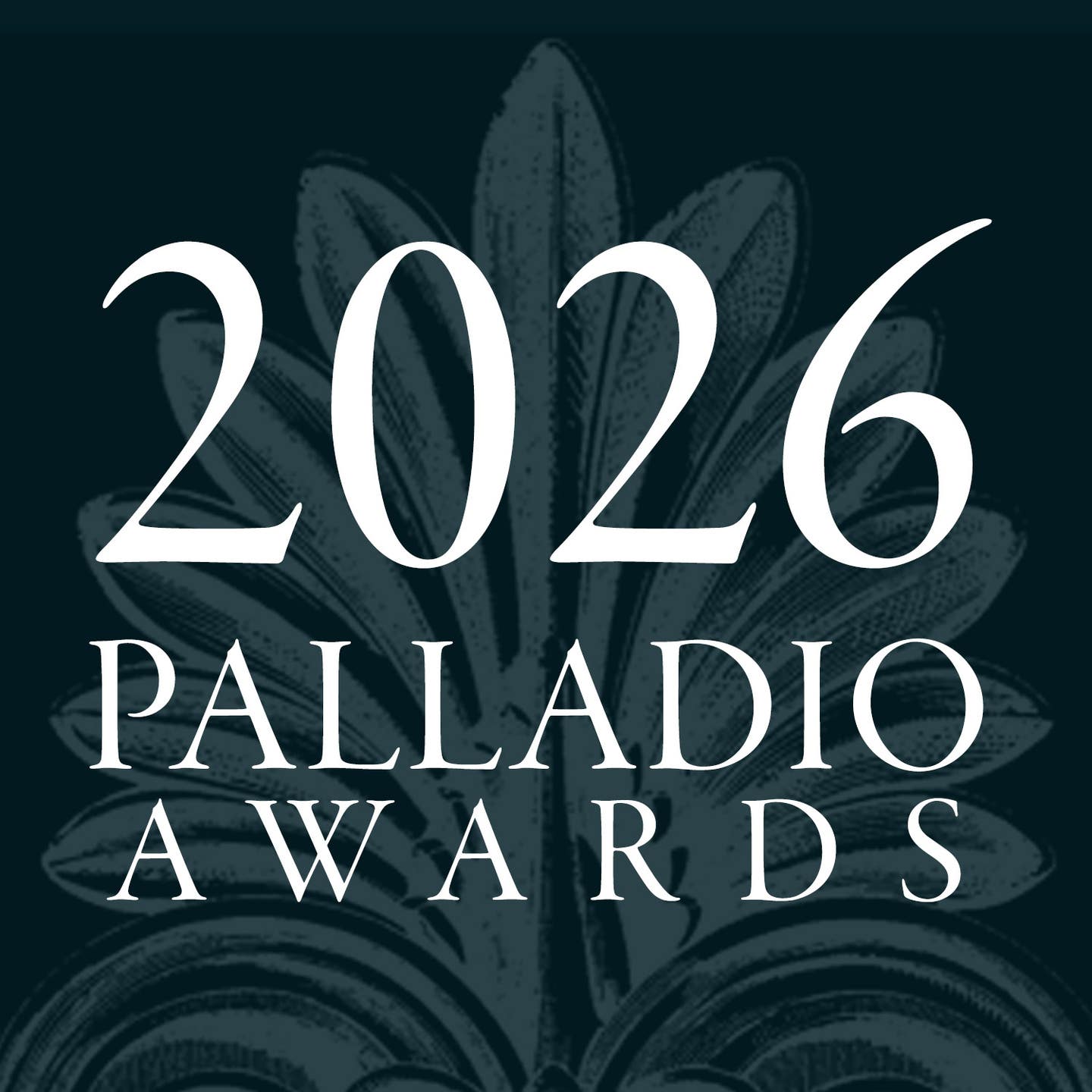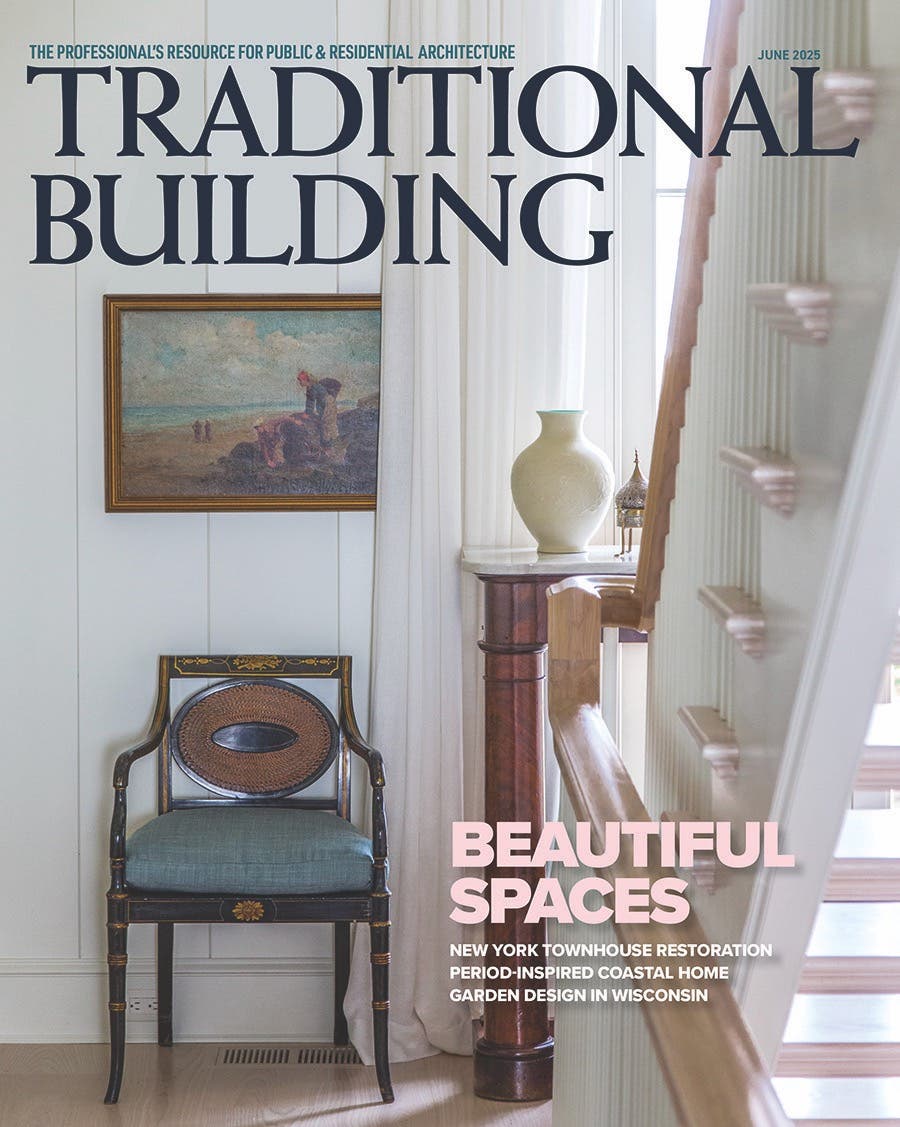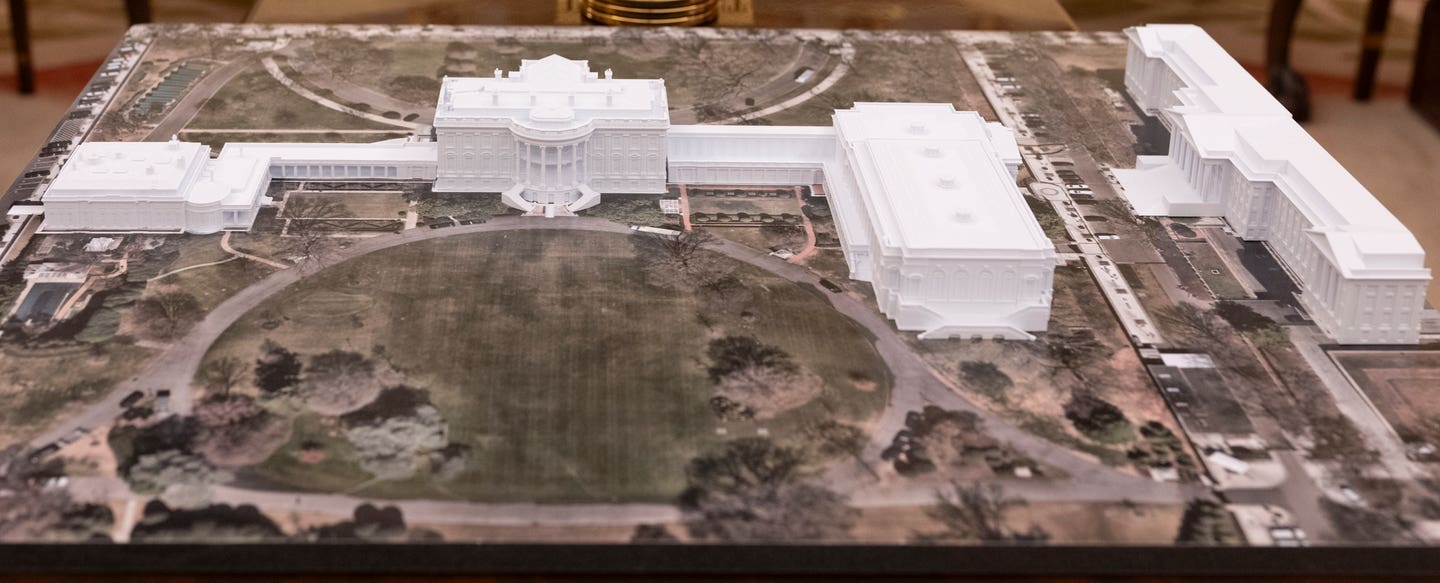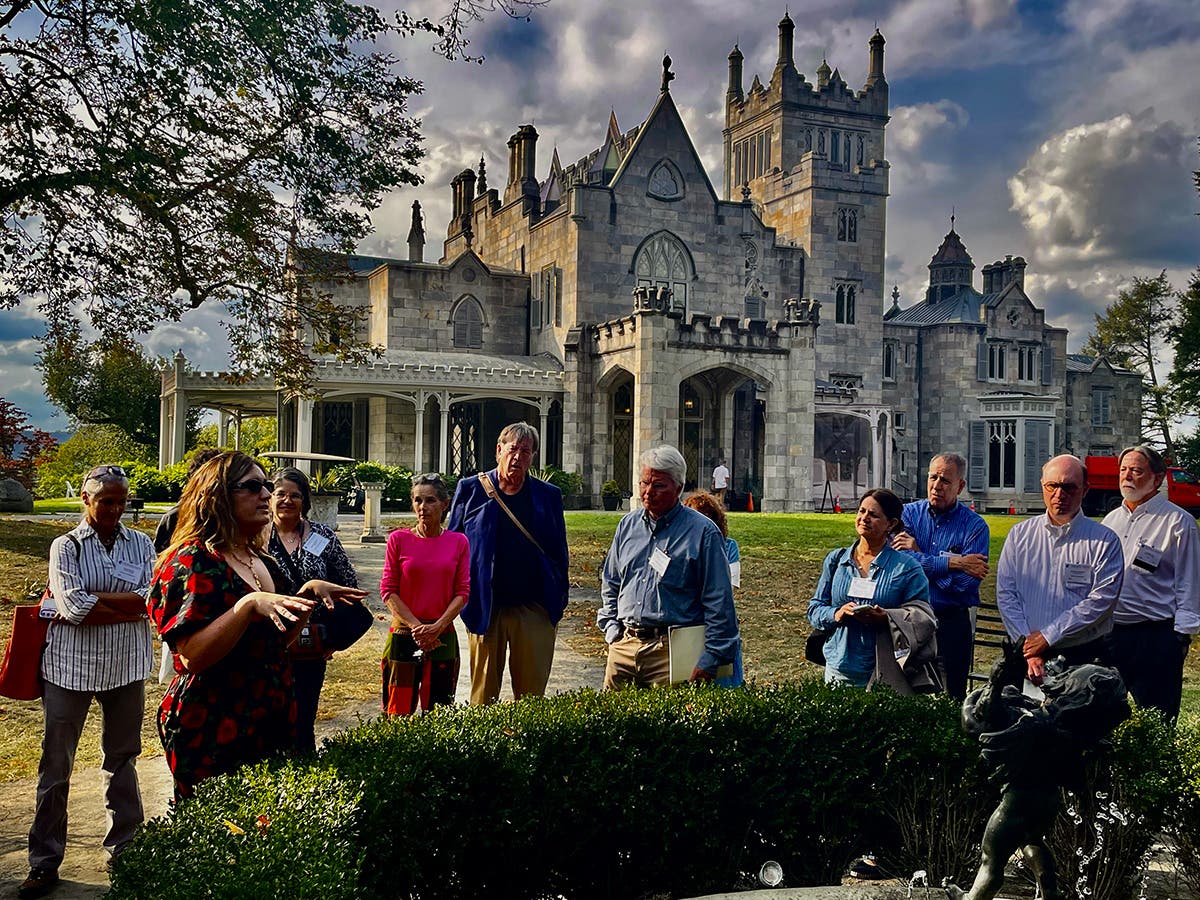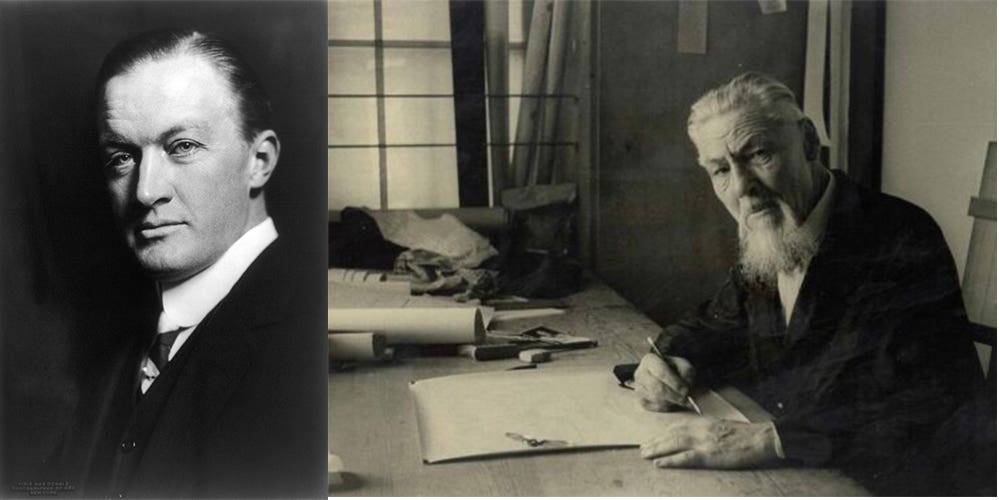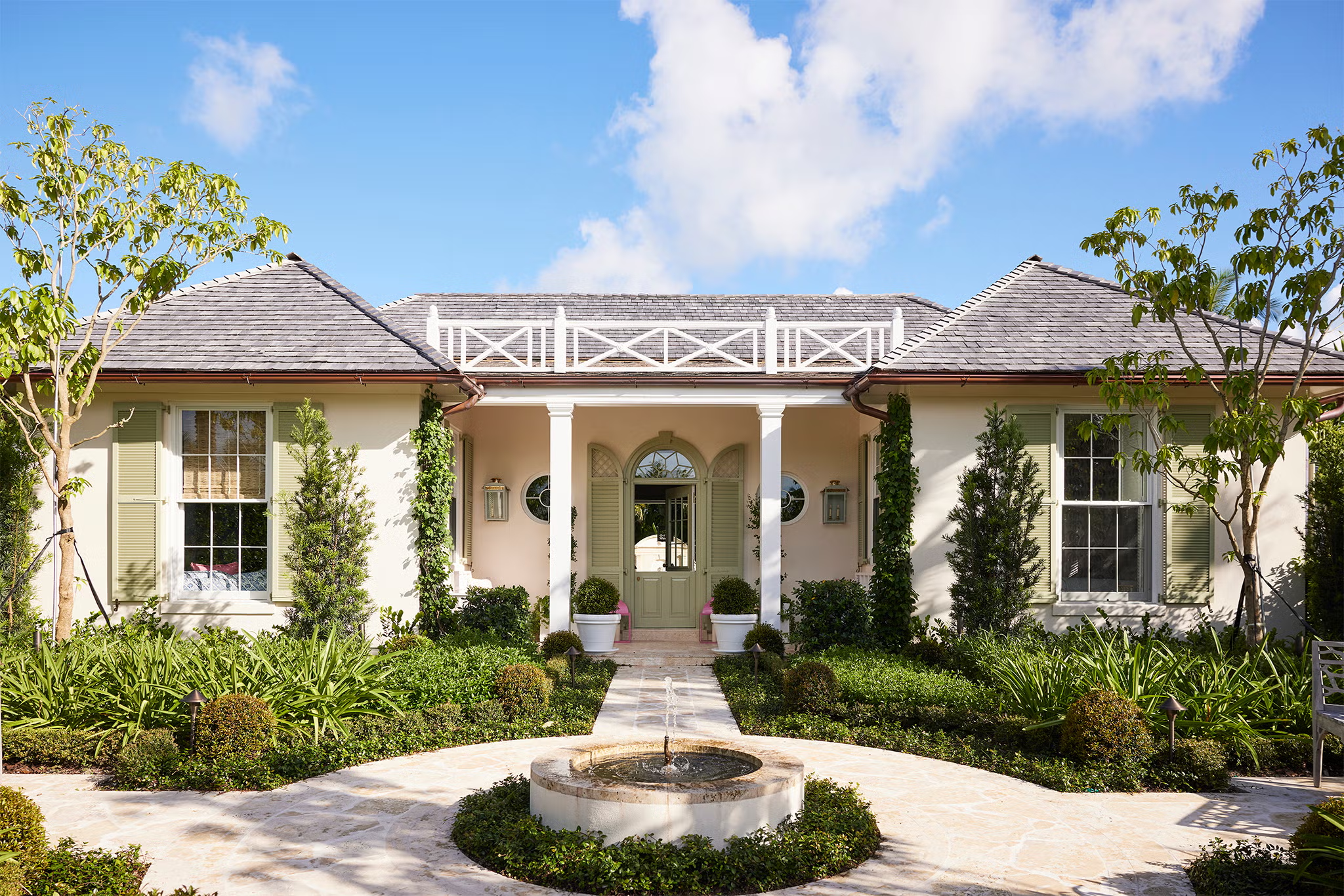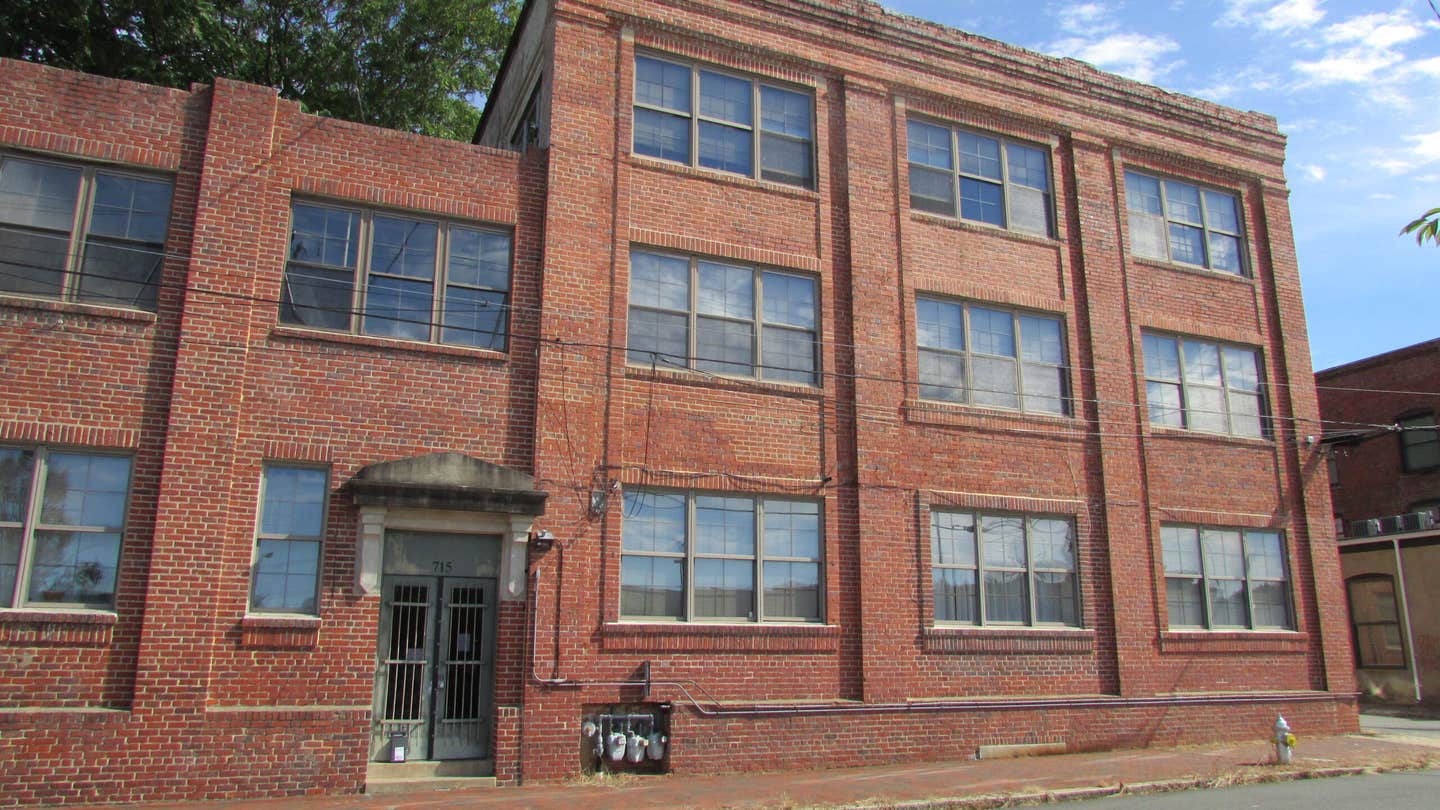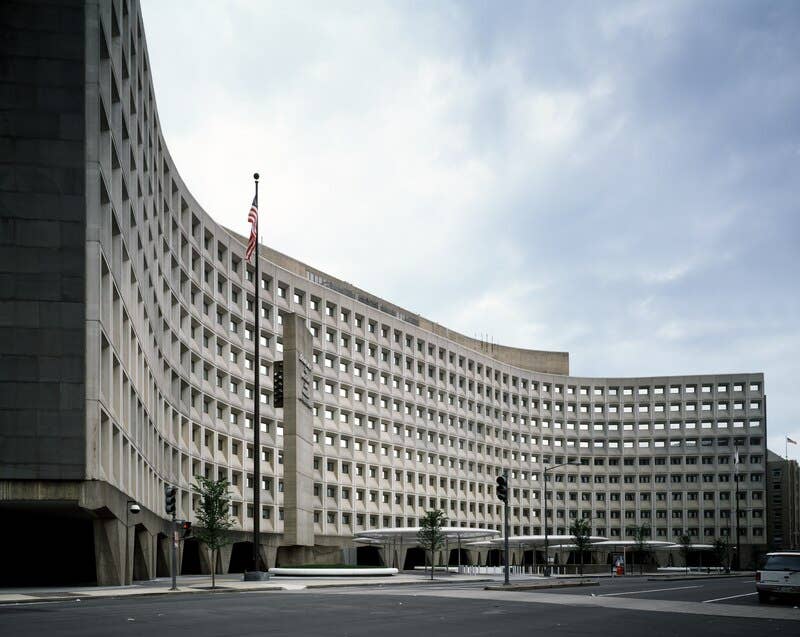
Carroll William Westfall
Donald Trump’s Classical Architecture Mandate: Why His Federal Building Plan Misses the Mark
When Donald J Trump was elected president he launched a program in the last days of his first term to make the classical the default style for federal buildings. In January 2021 (updated in February) and again in August 2023 I noted here that for President Trump, the classical is merely a style and the face of his partisan program. In the first days of his second term he has outlined its successor, which is an even more strident attack on all that classical architecture offers.
In his first term in the White House where president liked to meddle he did as they did and honored tradition. In 1902, President Theodore Rosevelt had McKim rebuild Jefferson’s added wings. President Truman cited Jefferson’s balconies at the University of Virginia to justify the balcony he built overlooking south lawn. Jacqueline Kennedy made the interior a showpiece of American classicism. And Melania Trump oversaw construction of a Jeffersonian tennis pavilion and reworked Edith Wilson’s Rose Garden. Trump himself, in the last days of his first term, mandated that the classical be the default style for federal buildings. President Biden subsequently annulled that order. Trump had also replaced four modernist members on the Commission of Fine Arts (that reviews designs for new federal buildings), whose four-year terms came to an end in 2020 (these positions are not term-limited), with four classicists. Biden's administration then terminated those four classicists in 2021 and installed modernists.
Immediately in his second term Trump again issued the mandate of default classical architecture for federal buildings, but has left the CFA’s modernists in place and has both focused and broadened his projects. At the White House he has replaced the rose garden with stone paving and added a pair of flagpoles in the Lawns. The Oval Office, now dissed as dictator chic, has more flags and portraits of presidents, gold nick-nacks on the mantel, and lots of gold applique.
His interest in the republic’s appearance is now national in scope. An Executive Order calls for building somewhere in the nation a “National Garden of American Heroes” with statues of 250 heroes, and a $40 million budget item will begin it. He had broached the idea at a campaign rally at Mount Rushmore on July 3, 2020, and he is now said to be playing with having himself added to its stone faces. He has established a commission to celebrate the 250th anniversary celebration that will include the Garden and another commission for lands and waters to “Make America Beautiful Again.” Meanwhile, a private initiative for building a great commemorative arch in the traffic circle along the ceremonial connection of the Mall and Arlington National Cemetery receives no attention.
Trump wants beauty but has shown no awareness that in classical architecture it exhibits the nation’s commitment to justice. It did so when the White House was built, and so too in the remarkable plan for the capital that L’Enfant, Washington, and Jefferson laid on the land and the 1901 McMillan Plan to restore and modernize it. In 1910 the CFA was established to protect its implementation and did until 1937 when its succumbed to modernism and let federal architecture drift into a tired classical formalism. The 1901 Plan’s urbanism was given protection in 1924 when the National Capital Planning Commission was established, but it too was infiltrated by modernist planners.
The 1901 Plan’s last gasp came in 1949 when the General Services Administration took over construction of federal buildings. Its Registry of Peer Advisors is involved in designs, with the CFA and the NCPC playing advisory roles. Its disappointing results led in 1962 to President Kennedy’s New Frontiersmen giving it “Guiding principles for federal architecture.” Shunning tradition and silent about beauty, they assured that new federal buildings would be in modernist styles.
Trump favors them for his buildings, their use for federal buildings fueled his ire and unleashed the mandate of classicism. Pushing the CFA aside, he went straight to the GSA and installed classicist in its Registry of Peer Advisors. He also muscled his way into urbanism. In a July power play unrelated to urbanism but aimed at the chair of the Federal Reserve, he removed the three Biden presidential appointees who had the legally required “experience in city or regional planning” from the NCPC and installed lawyer who are political operatives in his administration with no apparently qualifications in urbanisms.
What is all this about? In MAGA, the second A is again, that is, the status quo ante that Roosevelt and Kennedy undermined. He wants classical buildings again, but knows nothing about why they were built. In 1789 and again after 1901 there was general agreement that federal buildings were to be classical, they were to be complements to the urbanism, and they were to come from the coordination and interaction of the relevant parts of the government that represented the interests of the public.
But in the decades leading to the 1962 Guiding principles that understanding was dismantled. Now, “Design must flow from the architectural profession to the Government, and not vice versa,” and it is to “embody the finest contemporary architectural thought” with “The advice of distinguished architects.”

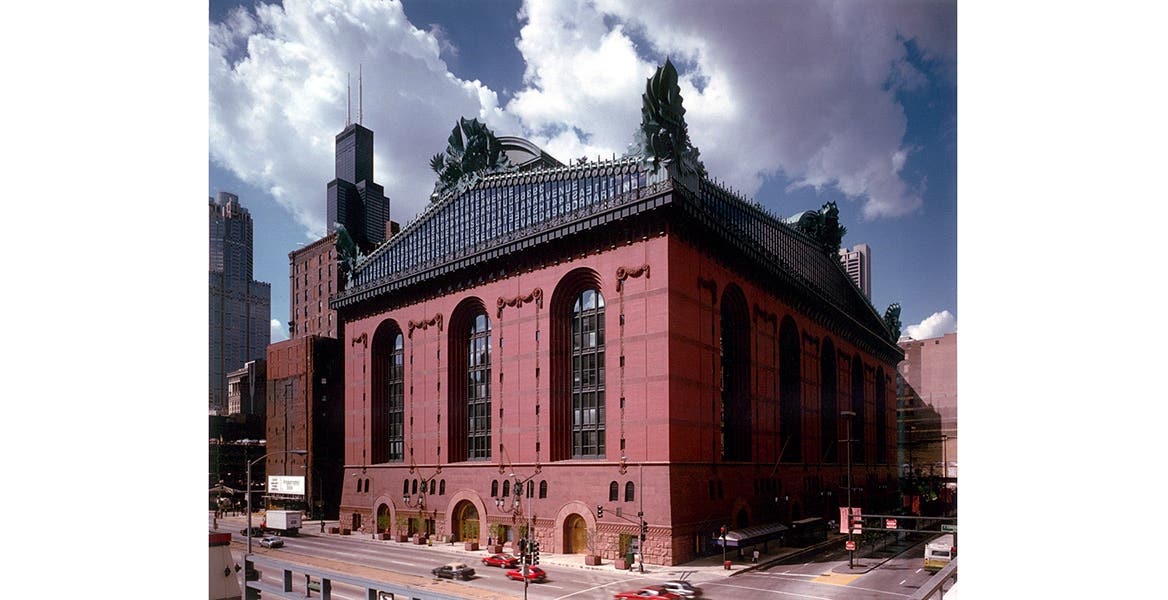
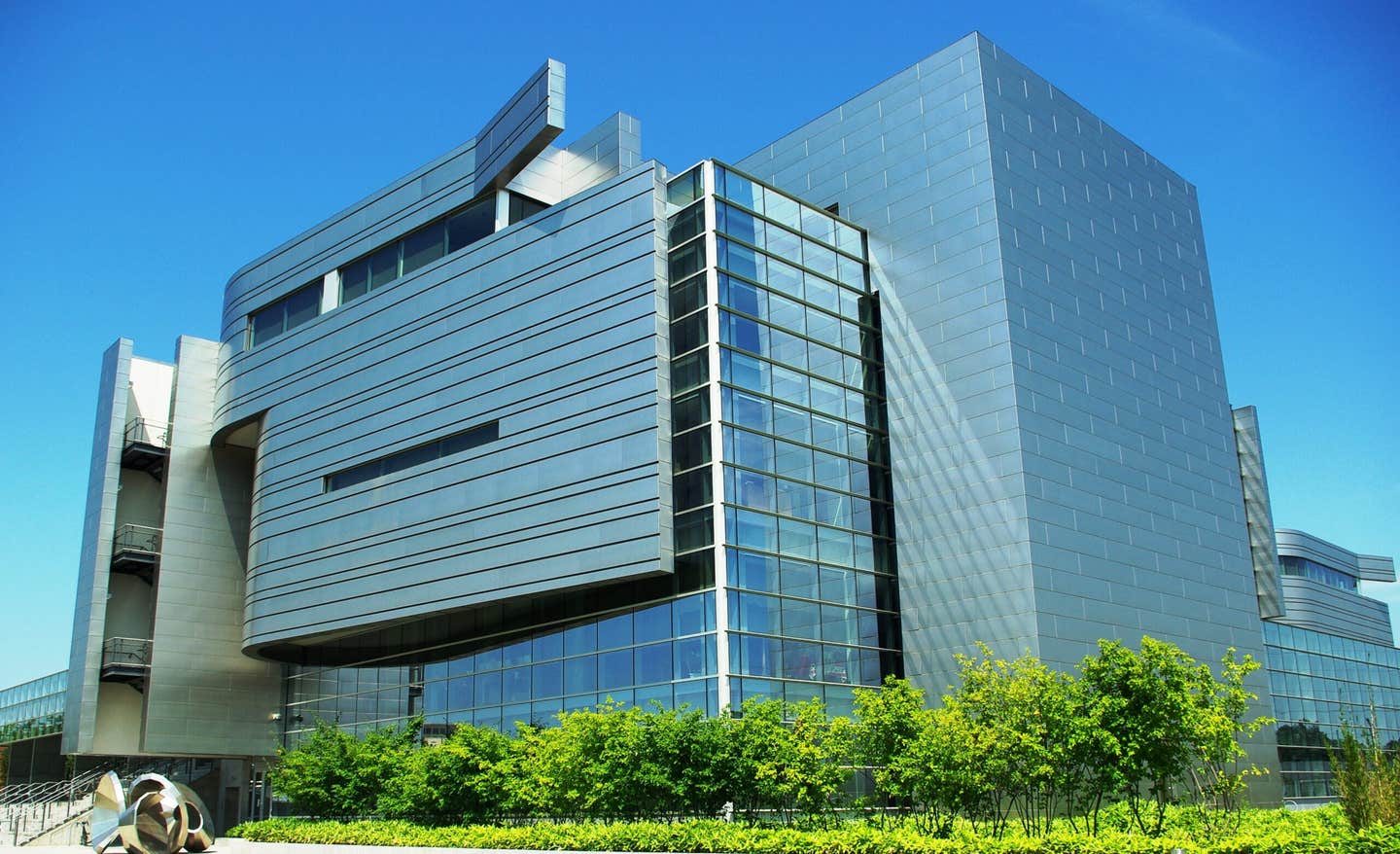
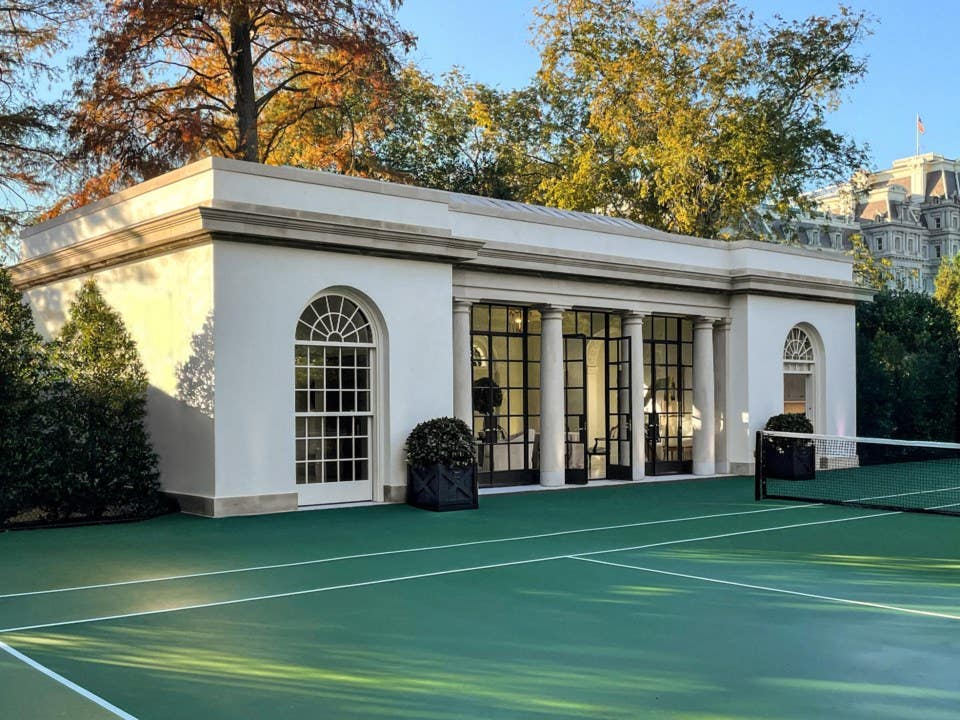
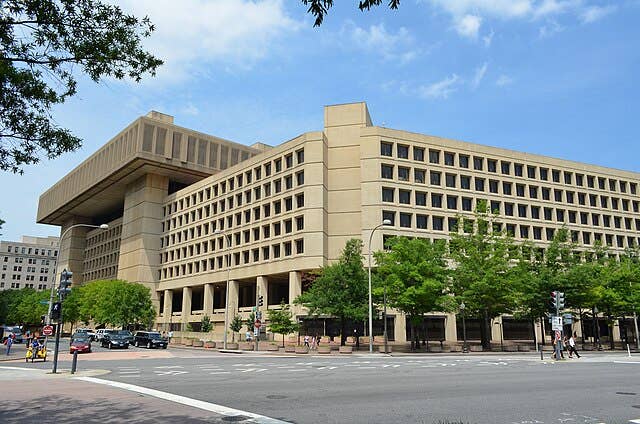
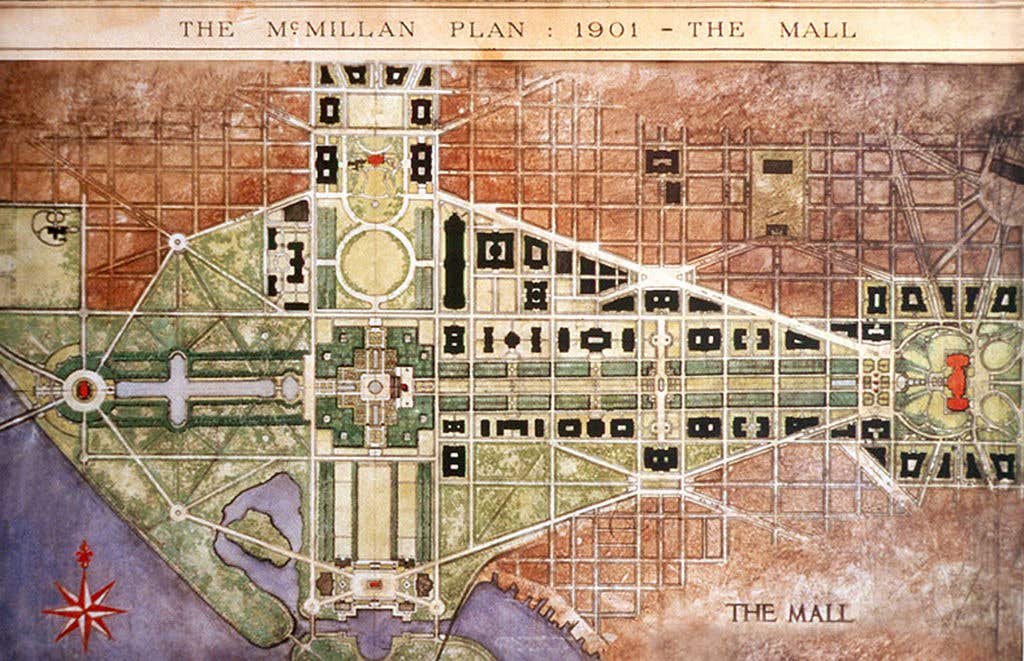
With that, the anticlassical modernism was installed in the GSA. It had been born, bred, and nurtured in Central Europe as the face of progressive partisan political programs that were anathema in America. During the Depression some of their parts were adopted as progressive programs to assist our citizens, and esthetes and commercial interests enthusiastically endorsed the styles. Now they dominate the culture of architecture and serve as the face of the naturalized progressive programs of the Democratic Party.
A modernist style is adopted for one or both of two spurious arguments. One is that people like a style and will pay an architect to use it. be paid to use it. who pay to have them built. But note: refers merely to the building’s appearance. To like a style is based on taste, a personal preference based on sentiment, a feeling that is immune to argument. The other argument is that styles change with time and styles change with time. But why do buildings of the same age have the same style? Because they satisfy the taste of others when they were built. So, preference again, and basis for discussion.
For private undertakings and transient uses such as commerce either reason is acceptable although people may disdain the result and a style’s shelf life might be short: Brutalism, anyone? Deconstructivism? The 1962 “Guiding Principles” offer nothing better. New federal buildings are to have an “architectural style and form which is distinguished and which will reflect [note: not exhibit] the dignity, enterprise, vigor, and stability of the American National Government.” Shortly put, they are to stir the sentiments and make the viewer feel good after seeing them and feel good about the government. This is the “I like it” argument.
Although Trump’s EOs do avoid using the word style and his 2025 version does commendably state, “Federal public buildings should be visually identifiable as civic buildings,” they do no better. They addressing the sentiments, as adding italics reveals: they must “respect regional, traditional, and classical architectural heritage [i.e., I like old things] in order to uplift and beautify public spaces and ennoble the United States and our system of self-government [I want to feel good in seeing the buildings].”
There are sound reasons for using classical architecture for America’s federal buildings, but they are not offered. Instead, it is clear that MAGA anathematizes modernist styles because they present the face of the wokeism and the progressivism of Kennedy and Obama. Revenge and spurious support for buildings of one style or another have no place in decisions about a government spending public money to build its buildings. Neither is any more valid than forbidding windmills because they spoil favorite views.
For nearly a century now choices concerning a building’s appearance has been based on style. Style, the workhorse of architectural history, has replaced theory at the center of architecture. In the western tradition, where our nation’s constitution and our classical buildings are crown jewels in the modern age, classical architecture has always been the doppelganger in the political life that seeks justice for the common good. In our modern democratic republic decisions about legislating and building are to be made through deliberations of people of good will and based on truths and shared principles using reason guided by tradition and experience. That reciprocity between legislating and building is more important in the historical narrative than is the equation of a building’s style with its era, but it is largely absent from the narrative. Justice and beauty are more important than style, and they are sought through reference to enduring principles that theory articulates and practice applies within everchanging circumstances, and hence changes in style. In deliberating to achieve justice and beauty, continuity trumps innovation, and invention revises tradition to produce acts and buildings that exhibit the order, harmony, and proportionality of justice and beauty.
There have always been American architects able to design beautiful classical buildings. Trump’s program is intended to increase their presence, and their beauty will be a good in itself even for those who see them only as emblems of partisan programs. They can be enjoyed simply for their beauty, just as Notre Dame in Paris does for atheists, the Basilica of Saint Peter for Lutherans, and Versailles for democrats.
Trump now intends to build a large ballroom at the East Wing designed by James McCrery to honor the iconic complex it will join. We can hope that the quality of this addition will be accepted as a valued addition and not an emblem of a “win” by the other side that will surely seek to reinstall modernist styles for federal buildings. When, eventually, sanity returns to architecture we can once again build buildings that honor the nation and are physical, serviceable, and beautiful counterparts to justice.
Carroll William Westfall retired from the University of Notre Dame in 2015 where he taught architectural history and theory since 1998, having earlier taught at Amherst College, the University of Illinois in Chicago, and between 1982 and 1998 at the University of Virginia.
He completed his PhD at Columbia University after his BA from the University of California and MA from the University of Manchester. He has published numerous articles on topics from antiquity to the present day and four books, most recently Architectural Type and Character: A Practical Guide to a History of Architecture coauthored with Samir Younés (Routledge, 2022). His central focus is on the history of the city and the reciprocity between the political life and the urban and architectural elements that serve the common good. He resides in Richmond, Virginia.

